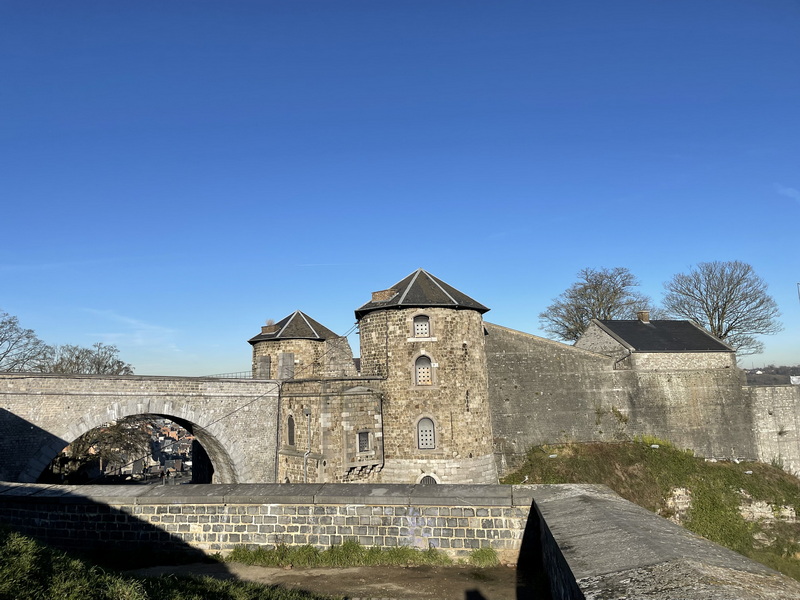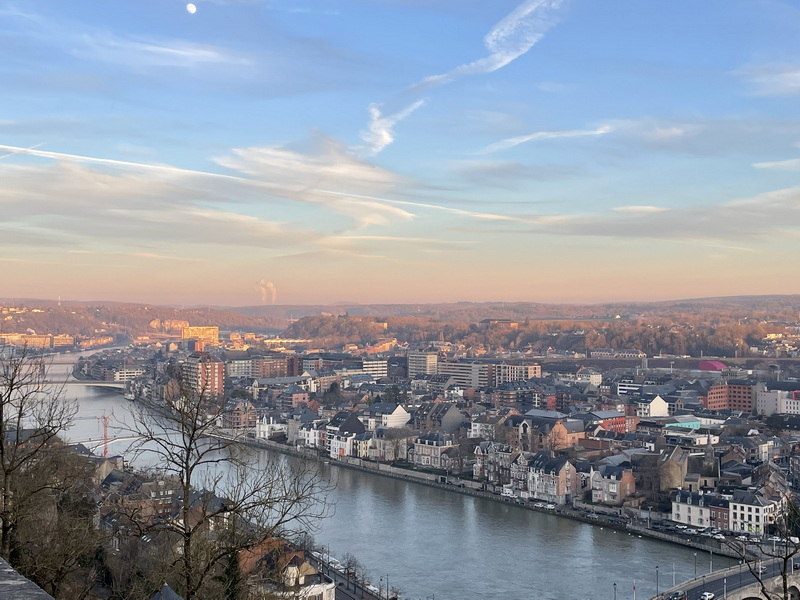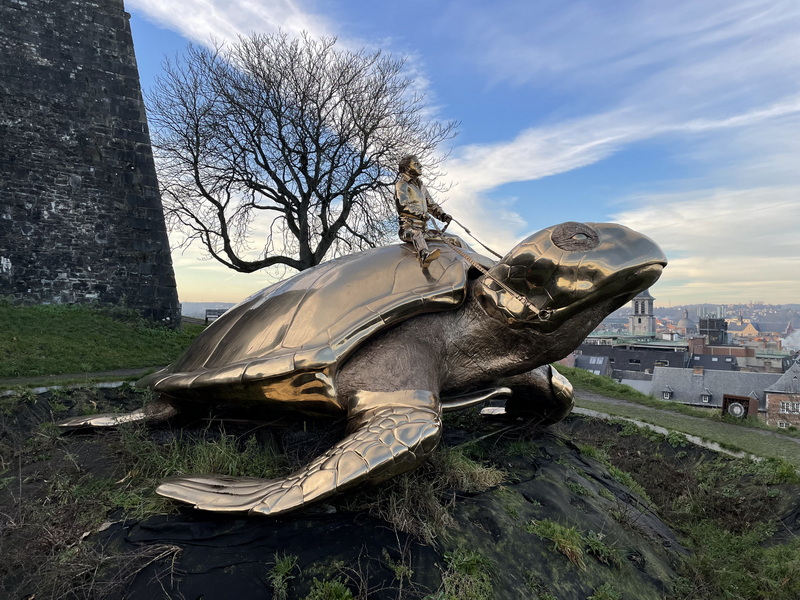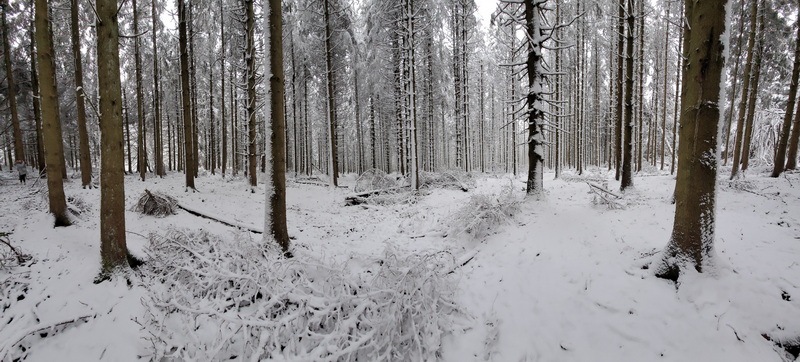Travel Blog: Touring the Heart of Europe, Part 2 – Wallonia
By Aline Verduyn
Crossing the language barrier over to French-speaking Wallonia, we end up at the capital of Wallonia, a city called Namur.

Namur holds one of the biggest citadels in Europe – the Citadel or CastleofNamur.A fortress at the confluence of the Sambre and Meuse rivers, it is originally from the Roman era but has been rebuilt several times. In the Middle Ages, a fortified residence was built at the top of the rock that gradually transformed into a proper castle. At the end of the 19th century, nine concrete forts were built around Namur, no longer making the citadel a functional fortress, and allowing it to instead be a place of recreation. It has been classified as a Wallonia Major Heritage Site.
From the top of the citadel, the highest point of which sits at 190 meters, you can ride a cable car overlooking the MeuseRiver meandering through the city and arrive at the city center, near the St. Augustine Church.

Recently, the artwork of the multidisciplinary Belgian artist Jan Fabre was displayed at the bottom of the citadel in an exhibition called “Searching for Utopia”– where a man rides a turtle overlooking the city.
Utopia can be found a little further south, at least for the animals.Pairi Daiza is a privately owned zoo and botanical garden located in Brugelette, in the province of Hainau. The 65-hectare animal theme park is located on the site of the former Cistercian Cambron Abbey and is home to over 7,000 animals. The name is taken from the Persian word for paradise.

In 1148, Saint Bernard sent twelve Cistercian monks to Cambron at the invitation of Anselm of Trazegnies, who had offered them land at the edge of the river Dender. After the abbey was dissolved, the family of the counts purchased the property and built a castle which remained in the family until it was purchased by the Domb family, who founded the park. The entire property has been a protected area since 1982. The zoo opened as a bird garden in 1993 and kept expanding, adding an oasis, a falconry village, a tropical green house, themed gardens and pavilions, animals, and plants from around the world. The rose garden alone holds over 700 types of roses. One of the gardens, called “The Dream of Han Wu Di,” is the largest Chinese garden in Europe and exhibits two pandas on loan from China. “Kingdom of Ganesha” is the Indonesian garden, also the largest in Europe, mimicking the feel of Bali, with Sumatran elephants and a temple.

Traveling further south, we enter the Ardennes: a region of extensive forests and rolling hills stretching along Luxembourg and extending into Germany and France. The trees and rivers of the Ardennes provided the charcoal industry assets that enabled the great industrial period of Wallonia in the 18th and 19th centuries when it was arguably the second greatest industrial region of the world.
For anyone who enjoyed the series Band of Brothers, the city of Bastogne will sound familiar. It is a perfect location for long hikes in the snow or shadowy walks under the stately trees. There are a lot of routes to follow, but – especially for history fanatics or World War II connoisseurs – the hikes to the famous Battle of the Bulge’s location are particularly fascinating. Whether or not with a guide, and during a snowy winter especially, hiking this area is an experience every Korean can appreciate.
The Battle of the Ardennes (aka the Battle of the Bulge) lasted for six weeks in the freezing cold and snow of a particularly harsh Ardennes winter. The Bastogne War Museum opened in 2014 and highlights the heroic Allied resistance and immerses visitors in the daily lives of the troops during the Second World War.

It is here that you can learn about the Siege of Bastogne, the importance of this battle at the end of WWII, and the famous words “Nuts!” uttered by an American officer in response to the Germans’ offer to surrender. And, of course, do not miss the impressive Mardasson Memorial, a star-shaped monument dedicated to the American soldiers who were injured or killed near Bastogne. This memorial displays the names of all fifty US states, as well as every American combat unit that participated in the war in Belgium. The museum and the memorial are well worth a visit, even if you come from the other side of the world. If you are interested in history, this place is a must-see in Belgium!
Bastogne is not only famous for its battle, though. The world’s oldest bicycle race, the Liege-Bastogne-Liege has been held there since 1892. This classic cycling race of 257 kilometers is nicknamed “La Doyenne” (“the old lady”) and is one of the five cycling Monuments. As much as we enjoy cycling, Belgians also enjoy a good beer after watching the race. Santé! (Cheers!)
The Author
Aline Verduyn has been living and loving Gwangju for almost three years. In her spare time, she likes to take pictures of the local beauty Korea has to offer. Instagram: @gwangjumiin



